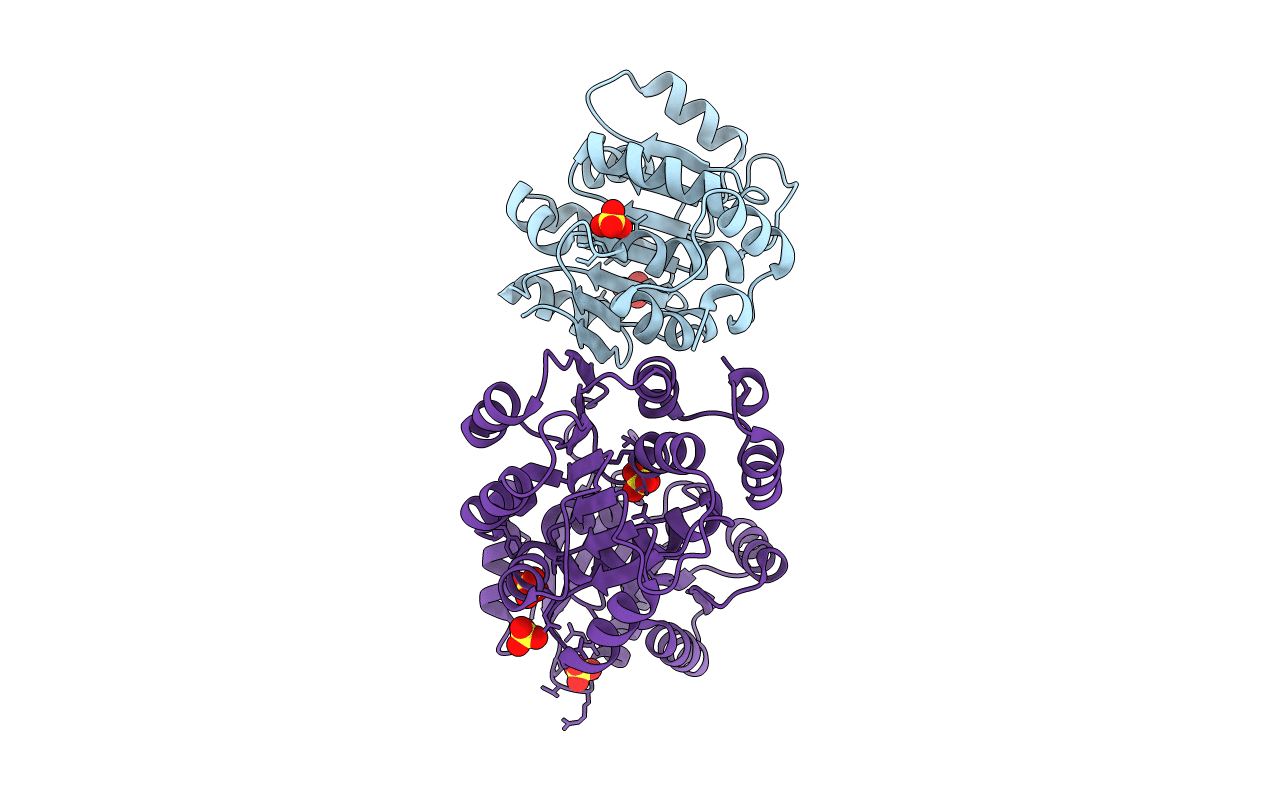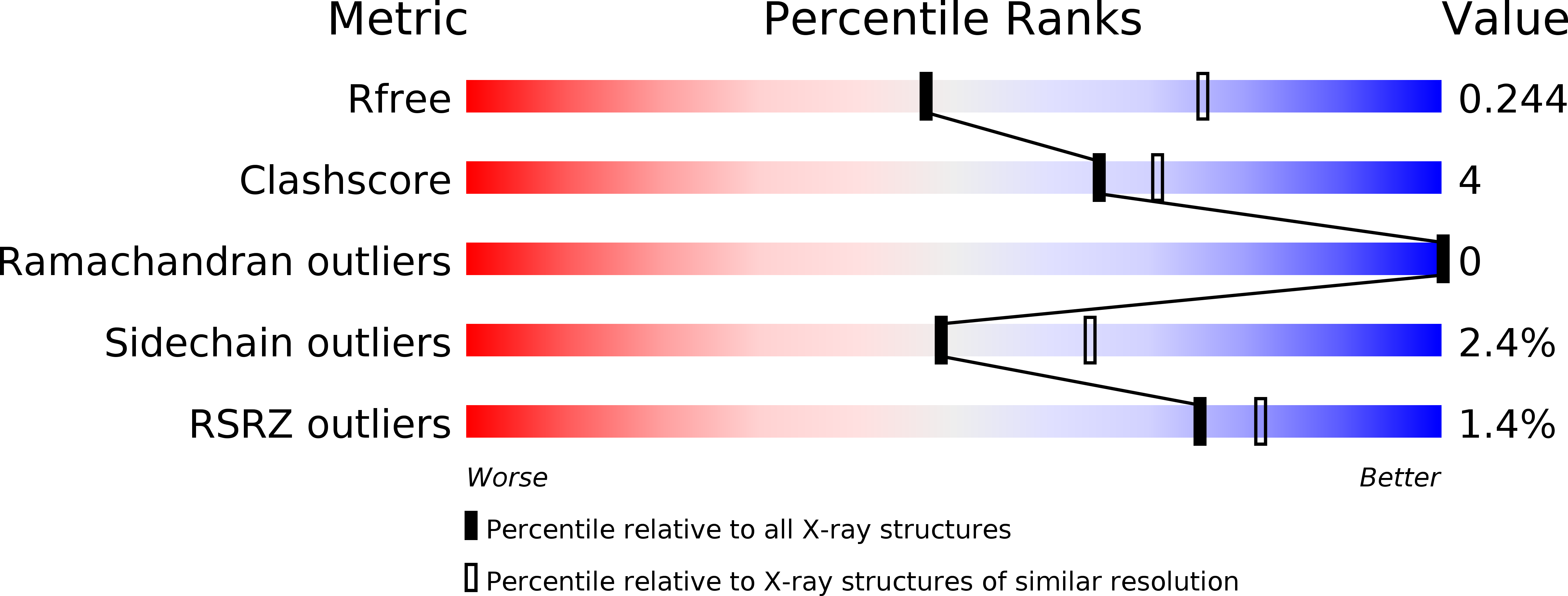
Deposition Date
2013-04-23
Release Date
2013-07-31
Last Version Date
2023-09-20
Entry Detail
PDB ID:
4KBG
Keywords:
Title:
almost closed conformation of the helicase core of the RNA helicase Hera
Biological Source:
Source Organism:
Thermus thermophilus (Taxon ID: 262724)
Host Organism:
Method Details:
Experimental Method:
Resolution:
2.54 Å
R-Value Free:
0.23
R-Value Work:
0.18
R-Value Observed:
0.18
Space Group:
C 2 2 21


